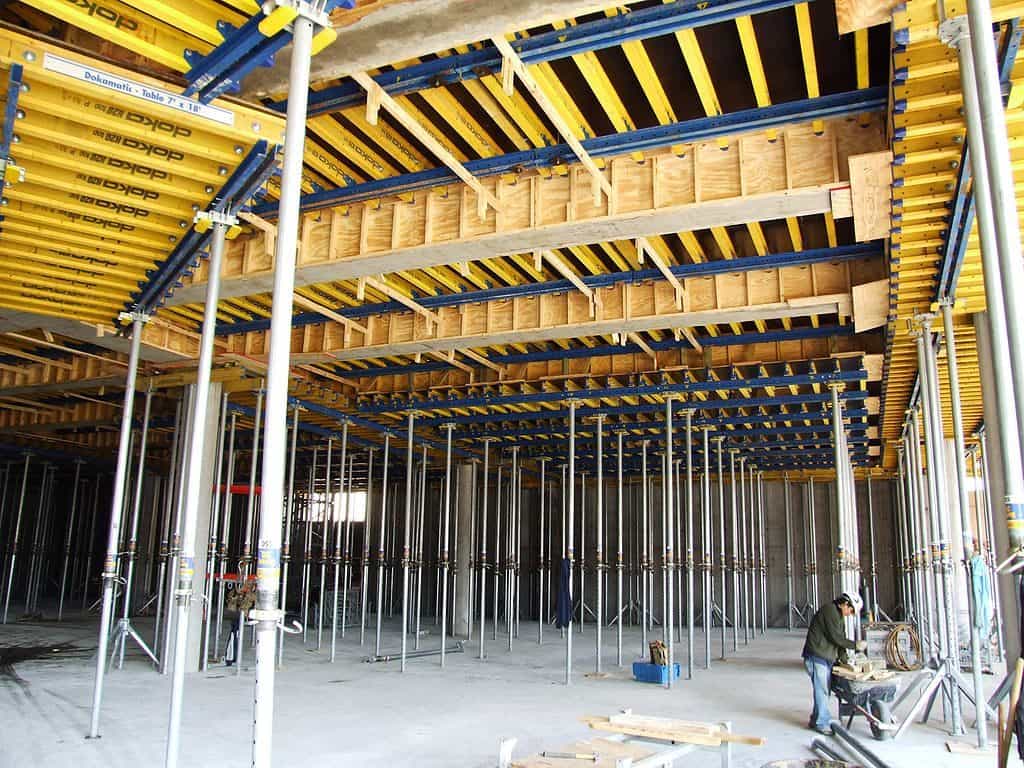
ADTO News
Build The Marvels Architecture With Brilliant Shuttering
The Shuttering’s history can be date back to the Roman Era. The arches, domes, and vaults of that period were supported by shuttering formwork built in the form of the final construction. With the increasing requirements of mass construction, shuttering needs to be efficient, modular, replicable, and fast to the mantle and dismantle. And the obvious way to do that was by making them molds in regular geometrical forms. This way shuttering has been one of the drivers of the modern geometric design aesthetic.
Shuttering molds come in many varieties:
Timber Shuttering:
Timber shuttering is the traditional way to make the concrete shape. Timber shuttering has very short lifespans. In the new age, we often use film-faced plywood as the scaffolding plank.
Engineered molds:
This is the modern way with the two main materials in use being – steel and aluminum (technically called Aluminum Formwork). These have the advantages of speed of setup (modular systems are quickly pinned, screwed, or clipped) and the longevity of metal.
Flexible Molds:
This lies at the cutting edge of shuttering technology. This involves shuttering made of flexible sheets of fabric that utilize concrete fluidity to create interesting new construction forms.
Shuttering for big projects can get very costly. To help the builders manage costs, innovative shuttering manufacturers are coming up with creative business models like providing shuttering on hire and offers to exchange old rusted shutter molds for brand new ones at lesser costs.
Shuttering is one of the foundations of the modern construction industry. It is imperative to choose only good shutter molds from a reputed manufacturer with a proven track record. Builders should refrain from compromising on their shuttering investments as good shutter molds can really help in hardening the concrete well, leading to strong and robust structures.


 Live Chat
Live Chat

